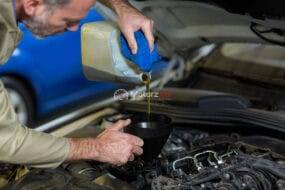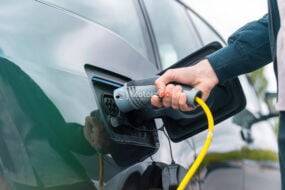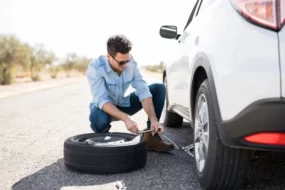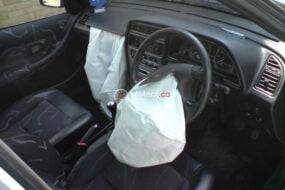Coolant Leaks How to Identify And Fix Coolant Leaks. Not only can they lead to overheating and engine damage, but they can also be challenging to identify and fix. In this article, we’ll explore the common signs of coolant leaks, the potential causes, and steps to effectively address them.
Identifying Coolant Leaks
The first step in addressing a coolant leak is to identify it. Here are some common signs:
a. Puddles under the car: One of the most obvious signs of a coolant leak is the presence of puddles beneath your vehicle, especially when it’s parked. Coolant is usually bright green, pink, or orange, making it easy to distinguish from other fluids.
b. Sweet smell: If you notice a sweet smell inside or outside the car, it could be a sign of coolant leaking. This odor is distinct and should not be ignored.
c. Overheating: A sudden increase in engine temperature could indicate a coolant leak. If your temperature gauge is higher than normal or if you receive an overheating warning, it’s time to investigate.
d. Low coolant levels: Regularly check your coolant levels. If you find yourself constantly topping up the coolant, there might be a leak in the system.
Common Causes of Coolant Leaks
Understanding the potential causes of coolant leaks is crucial for effective troubleshooting. Some common culprits include:
a. Damaged hoses: Over time, hoses can wear out and develop cracks or holes. Inspect both the upper and lower radiator hoses for any signs of damage.
b. Radiator issues: A leaky radiator can be a significant problem. Inspect the radiator for visible damage, and check if the coolant is seeping from any joints or seams.
c. Water pump failure: The water pump circulates coolant through the engine. If it fails, it can result in leaks. Look for signs of coolant around the water pump.
d. Faulty gaskets: Gaskets create seals in the cooling system. If they fail, coolant can leak. Common gaskets prone to failure include the head gasket and intake manifold gasket.
e. Corroded radiator: Over time, radiators can corrode, leading to leaks. Inspect the radiator for signs of corrosion, especially in older vehicles.
How to Fix Coolant Leaks
Once you’ve identified the source of the coolant leak, it’s time to address it. Here are steps to fix common coolant leaks:
a. Replace damaged hoses: If hoses are the issue, replace them with new ones. It’s a relatively straightforward process, but make sure to use the right type of hose for your vehicle.
b. Patching small leaks: For minor leaks, you can use a coolant leak repair kit. These kits typically include a sealant that can temporarily patch small holes. However, this is not a permanent solution, and the damaged component should be replaced at the earliest convenience.
c. Radiator repairs: In some cases, radiator leaks can be repaired using a radiator epoxy. However, for extensive damage, it’s often more effective to replace the radiator.
d. Water pump replacement: If the water pump is the culprit, it’s best to replace it. Water pump replacement usually involves draining the coolant, removing the old pump, and installing a new one.
e. Gasket replacement: Gasket replacement is a more involved process, often requiring the removal of engine components. If you’re not comfortable with such repairs, it’s advisable to seek professional help.
Preventing Coolant Leaks
Prevention is key to avoiding coolant leaks. Regular maintenance, including coolant system inspections, can help identify potential issues before they become major problems. Here are some preventive measures:
a. Regular coolant checks: Make it a habit to check your coolant levels regularly. If you notice a significant drop, investigate the cause promptly.
b. Scheduled maintenance: Follow the manufacturer’s recommended maintenance schedule. This includes flushing and replacing the coolant at specified intervals.
c. Inspect hoses and belts: Regularly inspect hoses and belts for signs of wear or damage.
d. Use the right coolant: Ensure that you’re using the correct type of coolant for your vehicle. Mixing different coolant types can lead to chemical reactions and potential leaks.
Conclusion
In conclusion, Coolant Leaks identifying and fixing coolant leaks requires a systematic approach. By understanding the signs, causes, and solutions, you can tackle coolant leaks effectively. Remember, if you’re unsure about making repairs, it’s always best to consult a professional mechanic to avoid further damage to your vehicle.







